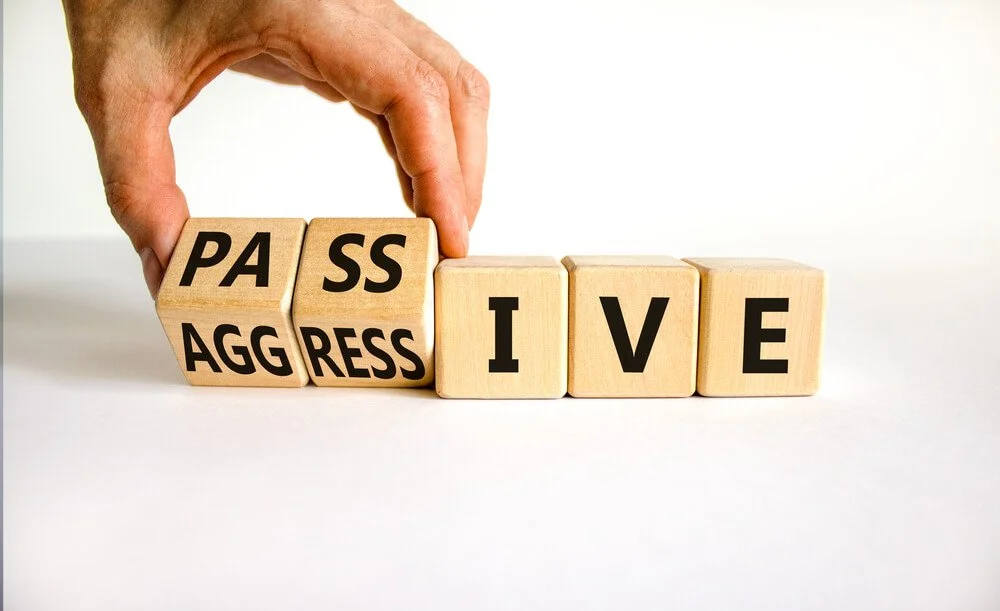What Is Passive-Aggression & How Do You Deal With It?
Anger is a natural emotion and the best way to express and address it is through direct and clear communication. Outright aggression can be easily identified when a person is angry or upset. Passive aggression, on the other hand, can be trickier to determine.
Passive-aggression is a way to express negative feelings, such as annoyance or anger, covertly or indirectly rather than directly. Passive-aggressive behaviors are usually difficult to identify and can sabotage relationships at work and at home.
What Is Passive-Aggression?
The term “passive-aggressive” was first widely used in 1945 by the United States War Department at the end of World War II. It was used to describe soldiers that passively refused to follow orders by sulking, procrastinating, and working inefficiently.
Forms of Passive-Aggression
Passive aggression can take several different forms and can crop up between coworkers, friends, roommates, and partners. It isn’t always easy to determine whether a person is being passive-aggressive since the behavior can be subtle. In other instances, however, it can be easy to recognize.
These traits include but aren’t limited to:
Being overly critical of other people
Insisting there’s not a problem when there’s obviously one
Intentionally working slowly or producing poor quality work
Purposely showing up late to family events or meetings
Portraying oneself as a martyr or victim
Sulking or giving the silent treatment to make other people feel uncomfortable
Intentional indirect or cryptic speech
Failure to complete the required tasks
Procrastination and forgetfulness
Ambiguity in speech
Showing indirect signs of hostility (such as giving back-handed compliments).
How Should You Deal with Passive Aggression?
Passive aggression, even a little of it, can sour relations, whether the person is an acquaintance or a loved one. After prolonged exposure, even the thought of a passive-aggressive individual can be enough to cause stress. Here are some tips for dealing with a passive-aggressive individual:
Create a Safe Environment: If you must confront this behavior, it can be a good idea to let the other person know that he/she can express what’s really on his/her mind around you.
Use Empathy: Acknowledgement of the person’s concerns, no matter how trivial they might appear to be, can help in breaking down the barriers the person might have put up.
Avoid Caving In: These individuals might use these tactics since they increase feelings of power, stability, security, and control over a situation. If the tactics no longer produce the intended results, this may help the person realize that they need to adjust their approach.
Use Positive Reinforcement: Expressing appreciation once a person with passive-aggressive habits tries being direct can encourage them to continue the good behavior.
Final Thoughts
Passive aggression is not always clear-cut, and while the behavior is usually rooted in insecurity, it isn’t a healthy way to behave. Therapy can help individuals leaning on passive aggression to feel safe and can help them address their fears and learn how to assert themselves in a constructive way.
If you feel as though you or somebody that you know could be exhibiting signs of passive-aggressive behavior, then perhaps it is time for you or them to get in touch with a trained counselor at Reframe Counseling Services.

